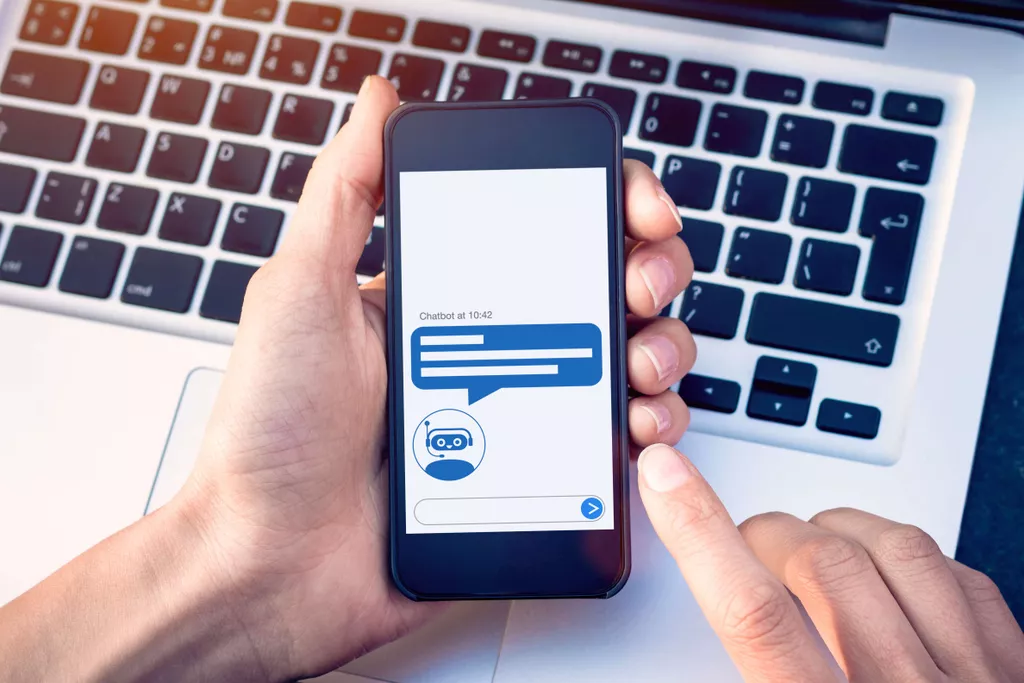What is a Hotel Chatbot? 9 Benefits and Key Features to Look For
Six technologies that are transforming the hospitality industry in 2024
Let’s look at them closely to see how they benefit hotels and their guests and their potential impact on hotel operations. As NLP systems improve, the possibilities of hotel chatbots will continue to become a more involved piece of the customer service experience. In the meantime, it’s up to hoteliers to work with programmers to set up smart flows and implementations. AI-based chatbots use artificial intelligence and machine learning to understand the nature of the request.
How Generative AI Tools Can Evolve (and Increase) Direct Hotel Bookings – Hotel Technology News
How Generative AI Tools Can Evolve (and Increase) Direct Hotel Bookings .
Posted: Mon, 11 Sep 2023 07:00:00 GMT [source]
Simple but effective, this will make the chatbot hotel booking more accessible to the user, which will improve their experience and perception of the service received. In addition, HiJiffy’s chatbot has advanced artificial intelligence that has the ability to learn from past conversations. HiJiffy’s solution is integrated with the most used hotel systems, ensuring a seamless experience for users when booking their vacation.
Streamlined Guest Interactions with Pre-Chat Forms
The modern traveler uses different platforms to search for hotels, such as social media and messaging apps. Therefore, hotels must be available on various channels to offer customer support on their preferred channel, providing an additional touchpoint that increases brand exposure and hotel bookings. While some rule-based chatbots are built for more straightforward tasks, AI-powered chatbots are designed for intelligent and complex tasks. Chatbots use a technology known as Natural Language Processing (NLP) to understand what’s being asked and trigger the correct answer. Despite the advantages of chatbot technology, many hoteliers still need to recognize their significance. This article will discuss why chatbots are crucial in the hospitality sector, the benefits of implementing this technology, and the essential features to consider when selecting a provider.
- In a human-computer interaction scenario, the most important thing is not providing information but providing it more personally and humanly.
- Hotel chatbots are equipped with artificial intelligence to understand guest preferences based on previous interactions and booking history.
- This study explores the use of chatbots and the key value the offer through interviews with chatbot experts.
The end of the year is the perfect time to reflect on the recent changes we’ve seen in hospitality. Now that you know why having a chatbot is a good idea, let’s look at seven of its most important benefits. Once a product enters End of Life status, InnQuest Software will be unable to provide updates, fixes or service packs.
Customer service chatbots
First, the best hotel chatbots greet the guest and display the most popular topics and query categories. When the customer selects one of the options, they will be provided with helpful information addressing their request or signposted to the most relevant page on the website. Chatbots are poised to go far beyond booking and take care of the thousands of inquiries your guests might have on any given day. Edward is able to respond in real-time through SMS to report on hotel amenities, make recommendations, field guest complaints, and beyond. That leaves the front desk free to focus their attention on guests whose needs require a human agent. Further expanding its AI application, the hotel uses this technology to understand and act on customer preferences.
The chatbot revolution in the hotel industry is here to stay, making it essential for all hoteliers to embrace this technology. The hotel industry is evolving, and chatbots are at the forefront of this transformation. Chatbots have become an integral part of the hotel industry, reshaping the way hotels engage with their guests. They not only enhance guest experiences and drive bookings but also streamline processes, offering a valuable solution to the perpetual staffing challenges in the hospitality industry. Hotel Chatbot are a cost-effective way to improve guest service while reducing costs.
A hotel chatbot interprets or understands such interactions and responds with the best answer. If it cannot resolve the query, it can be programmed to pass on the conversation to a human agent. Even if your property isn’t quite ready for chatbot in hotels chatbots, you can still meet translation needs through live translation apps like iTranslate or Google Translate. It’s one of the hospitality trends sweeping the industry this year and an area where you can stay ahead of the curve.
The ultimate goal of a chatbot is to improve customer self-service, provide information, deliver continuous and cost-effective support, and delight customers with personalised experiences. Read on to learn more about chatbots and how they benefit hotels and their customers. In the age of instant news and information, we’ve all grown accustomed to getting the info we want immediately. In fact, Hubspot reports 57% of consumers are interested in chatbots for their instantaneity.
Success Stories of Chatbot Solutions for Hotels
Hotel chatbots seamlessly integrate with helpdesk systems, creating a unified approach to guest support. This integration enables the chatbot to access relevant information, such as booking details and guest preferences, facilitating more informed and context-aware interactions. The chatbot can also guide guests through booking, offering personalized recommendations and upselling opportunities. HiJiffy’s chatbot integrates with various communication channels, such as the hotel website, WhatsApp, Facebook, Instagram, and more, to provide guests with a seamless and omnichannel experience. Hotel chatbots can also offer guests the option to choose their preferred check-in and check-out times and accommodate their requests if possible. Furthermore, hotel chatbots can handle the billing and invoicing and send guests receipts and thank you messages.


